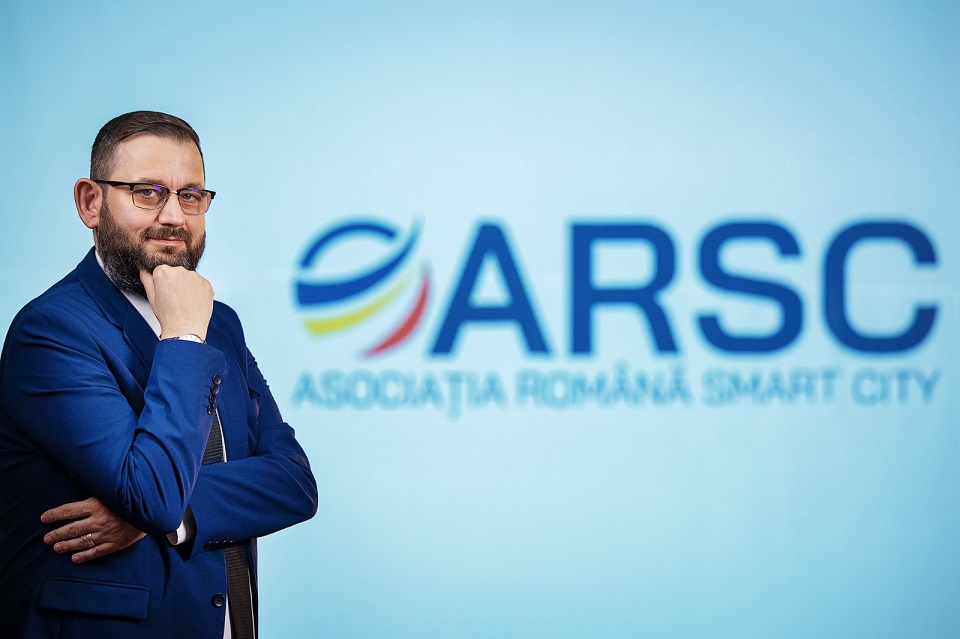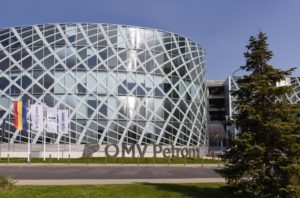ARSC: “Half of Romanian villages can become smart by 2030”

Romania has the potential to become one of the most digitalized countries in the region, given that 50 percent of villages can become smart by 2030, according to the estimates of the Romanian Smart City Association (ARSC). The rate of digitalization depends on several factors, such as the degree of involvement of local authorities, access to finance, and the rate of technology adoption in rural areas, including the development of the necessary digital skills.
Thus, more than 140 municipalities in Romania are implementing more than 220 smart village initiatives, including schools with distance education systems, digitalized town halls, public transport, and waste collection.
After the first smart city projects appeared in 2016, the transition to smart communities covered several areas of the country. Currently, these projects are increasingly common in rural areas, given that the concept of smart villages has gained momentum in Europe in recent years, and Romania has a major potential. Advances in digital infrastructure and increased access to technology, with almost 7 out of 10 rural households connected to the internet, have contributed to this development.
“When we talk about smart villages, the example that comes to our mind the fastest is Ciugud, but of course, there are many other forms of smart village and there are hundreds of ongoing projects in the countryside. Romania has begun to align with this European trend, but there is still a long way to go and it will depend on several factors, such as the involvement of local authorities, access to finance, the degree of technology adoption in rural areas, including the development of digital skills minimum necessary both at the level of the staff of the public authorities and at the level of society – of those who, in the end, are part of the ‘intelligent communities’. With sustained efforts and adequate investments, it is possible that a significant percentage of communes in Romania will become smart by 2030. A realistic goal could be 50 percent of the country’s communes, bearing in mind that now there are more than 220 initiatives in over 140 communes”, said Eduard Dumitrașcu, the president of ARSC.
What a smart village would look like in Romania: facilities that can be implemented
The smart village projects are those of schools – distance education systems, digital libraries, and adaptive educational programs based on artificial intelligence (AI); local administration – public services accessible online, paying taxes online, digitalizing the relationship with citizens and companies, allocating administrative resources based on data analysis, public alert systems in case of emergency; infrastructure – smart public lighting with efficient energy consumption, waste collection based on sensor data, public transport integrated with other forms of mobility (alternative transport) or smart agriculture – monitoring systems with drones or sensors, integration of agricultural production with that of alternative energy on the same land.
The small size of the communes can be an advantage in the implementation of intelligent solutions, but at the same time, there is a higher reluctance among the rural population towards digitalization. However, smaller communities can benefit from greater agility in technology implementation and create close ties between residents to support smart village projects.
“There is no technology limit that a locality must reach to be considered smart. Transforming a village into a smart village is about how technology is deployed and integrated to meet strategic goals and meet community needs. Being smart isn’t just about technology, it’s also about using it intelligently to improve efficiency, sustainability, and quality of life. It is also about citizens’ digital skills”, said Eduard Dumitrașcu, the president of ARSC.
European money for smart village
Although Romania’s National Recovery and Resilience Plan (PNRR) does not have a budget line dedicated to the “Smart Village” concept, many of its components align directly with the domains that are part of what a “smart village” project means.
In addition to PNRR funds, Romania also has at its disposal the cohesion funds, in the current financial year, where they are almost 30 billion euros. This money is much more clearly distributed, in certain areas, including the Regional Operational Program managed by the 8 Regional Development Agencies.
At the same time, ARSC launched the Smart Finance financing service, through which local authorities can obtain European and government funds for digitalizing and modernizing localities. Through this service, local authorities have access to a full range of services, from identifying funding sources to post-implementation technical support in their communities.
The modernization of water and sewage infrastructure, the improvement of waste management, the transition to renewable energy sources, or the digitalization of public services are just a few directions through which non-reimbursable funds can be attracted. As a result, local communities can benefit from multiple funding opportunities to develop such projects, bringing them into the digital age, and making them more resilient, sustainable, and ultimately smarter.
Among the technologies contributing to the transition to smart communities can be listed:
● IoT sensors: monitoring everything from traffic to air quality.
● Energy management systems: smart solar panels, smart distribution networks.
● 5G: for fast and efficient connectivity.
● Digital ticketing platforms: mobile applications for public transport.
● AI surveillance cameras: for security and traffic management.
● Telemedicine: applications and devices for remote consultations.
● Big Data: Data centers for analyzing and optimizing public services.
Nationwide, there are more than 1,000 Smart City and Smart Village projects and initiatives developed from 2016 to date.















